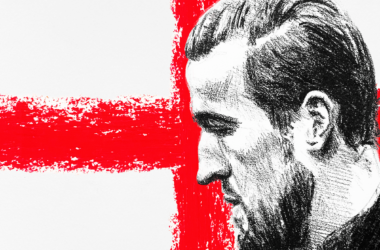
One of the most commonly discussed themes in sports over the last decade is parity. One issue in the current NBA lockout is the perceived inequality between franchises. The 2004-2005 NHL lockout brought new rules and a new salary cap partially intended to address the issue of playoff and payroll parity.
We are currently in the seventh season since the dawn of “The New NHL,” and I wanted to explore this notion of parity. The main focus of my analysis is playoff turnover. This season, seven teams currently occupy playoff spots that missed the postseason last year. Two of those seven teams, the Edmonton Oilers and Florida Panthers, finished last in their respective conferences. The season is still young and I don’t expect teams like the Panthers, or the Maple Leafs for that matter, to still be playing hockey in late April. In the six seasons since the lockout, there has been an average turnover of 4.67 playoff teams. In the six seasons prior to the new collective bargaining agreement, the average turnover was 3.83 teams, which indicates that parity has indeed increased.
The greatest indication of increased parity is the reduced impact of dominant teams. In the six seasons leading up to the lockout, seven teams made the playoffs in every single season. In the new NHL, only two teams have managed that feat: the San Jose Sharks and Detroit Red Wings. The Red Wings are the only franchise to have made the playoffs in each of the past twelve seasons, while the Sharks, Devils, and Flyers have each missed the postseason only once during that time. Regardless of this new parity, these four teams have managed to reign supreme.
Though the teams in the middle of the pack have become more competitive, there is still a problem among those lower down in the standings. Before the lockout, eight teams made the playoffs only once or less in six seasons. Since then, seven teams have failed to qualify at least twice, indicating that some franchises still struggle with a large competitive disadvantage. Although 14 teams must miss the playoffs each year, runs of futility can be tough to stomach for fans and ownership. Interestingly, Toronto and St. Louis have gone from dominant to pitiful. Each team made the playoffs in all six seasons before the lockout, but since then the two teams have combined for just one playoff appearance.
Other teams such as the New York Rangers and the Nashville Predators have seen their fortunes change in the opposite direction. These rises and falls could be perceived as a further indication of increased parity or simply the ebb and flow of success that most teams outside of Detroit and San Jose are used to experiencing.
Success before the lockout and unsuccessful performance afterwards doesn’t necessarily relate to parity. Overall, however, I think the hard cap has had some effect and has certainly increased parity. However, there are still teams that are perennially terrible. In some cases, such as that of the Maple Leafs, bad management is to blame. But in cases like Florida and Columbus, other factors may be at play. No matter the cause, the NHL must continue to address the difficulties that many teams face in their quest for relevance.








